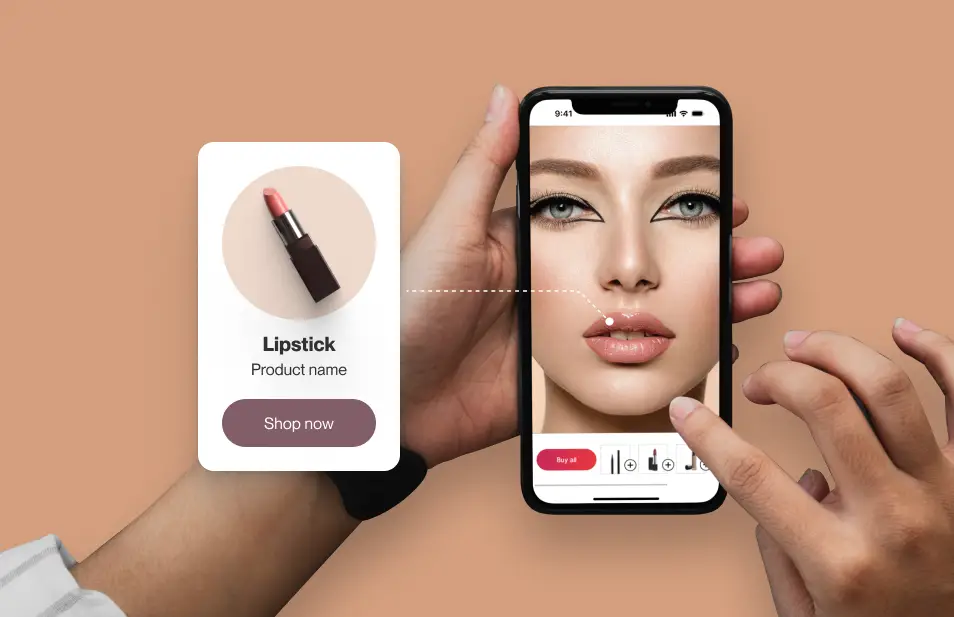Data analytics in cosmetics marketing leverages advanced technologies like machine learning, natural language processing (NLP), and predictive modeling to predict emerging beauty trends, personalize customer experiences, optimize product launches, and improve marketing ROI. Attribution models are critical tools used to measure the effectiveness of different marketing channels and campaigns, helping cosmetics brands understand which touchpoints contribute most to conversions and sales.
How Data Analytics Drives Cosmetics Marketing
-
Trend Prediction: Analytics tools scan social media platforms (Instagram, TikTok, Pinterest, YouTube) using NLP and image recognition to identify rising beauty trends (e.g., "clean beauty," "glass skin") and popular product attributes like shades or textures. This enables brands to align product development and marketing strategies with real-time consumer preferences.
-
Personalization: By analyzing consumer behavior and preferences, brands can tailor product recommendations, customize marketing campaigns, and enhance the user experience. Data-driven segmentation allows for targeted messaging that resonates more effectively with different customer groups.
-
Customer Journey Optimization: Real-time analytics track how consumers interact with websites and products, identifying drop-off points and engagement patterns. This insight helps optimize website design, product descriptions, and email marketing to reduce cart abandonment and boost conversions.
-
Predictive Analytics: By analyzing historical and current data, brands forecast future demand and trends, enabling timely marketing campaigns and inventory management.
-
Virtual Try-Ons & Face Analysis: AI-powered virtual try-ons combined with data analytics provide insights into customer demographics, emotions, and preferences, further enhancing personalization and product development.
Attribution Models in Cosmetics Marketing
Marketing attribution models assign credit to various marketing channels and touchpoints that lead to a sale or conversion. This is especially important in cosmetics, where purchase journeys are often long and involve multiple interactions.
-
Challenges: Due to multiple visits before purchase, cross-device usage, and modern tracking restrictions (e.g., cookie limitations), traditional attribution methods often fail to provide accurate insights into channel performance.
-
Common Attribution Models:
Model Description Use Case in Cosmetics Marketing First-Touch Credits the first interaction for the conversion Useful for brand awareness campaigns Last-Touch Credits the last interaction before purchase Common but oversimplifies multi-touch journeys Linear Distributes credit equally across all touchpoints Good for understanding overall channel contribution Time-Decay Gives more credit to recent interactions Useful when recent touchpoints are more influential Position-Based Assigns more credit to first and last touchpoints, less to middle ones Balances awareness and conversion efforts Data-Driven (Algorithmic) Uses machine learning to assign credit based on actual impact of each touchpoint Most accurate, adapts to complex customer journeys and multiple channels -
Data-Driven Attribution: This advanced model uses machine learning and regression analysis to analyze past campaign data and customer journeys, providing automated and precise credit assignment. It is particularly valuable for cosmetics brands with complex, multi-channel marketing strategies.
-
Impact of AI: Generative AI enhances attribution by processing large datasets, recognizing patterns, integrating non-traditional signals, and enabling real-time insights. It also supports highly personalized marketing campaigns, which require sophisticated attribution to measure their effectiveness accurately.
-
Case Example: L’Oreal reportedly achieved a 57% sales growth by implementing conversion modeling to solve attribution challenges, demonstrating the tangible benefits of advanced attribution techniques in cosmetics marketing.
Integration of Data Analytics and Attribution in Cosmetics
- Combining trend prediction and consumer insights with accurate attribution models allows cosmetics brands to optimize marketing spend, improve targeting, and increase ROI.
- Real-time data and AI-powered tools enable continuous refinement of marketing strategies based on what channels and campaigns truly drive sales.
- Personalization at scale, powered by data analytics and supported by robust attribution, enhances customer engagement and loyalty in a highly competitive market.
In summary, data analytics and sophisticated attribution models are essential for cosmetics brands to predict trends, personalize marketing, optimize customer journeys, and accurately measure the impact of their marketing efforts in a complex, multi-channel environment.





